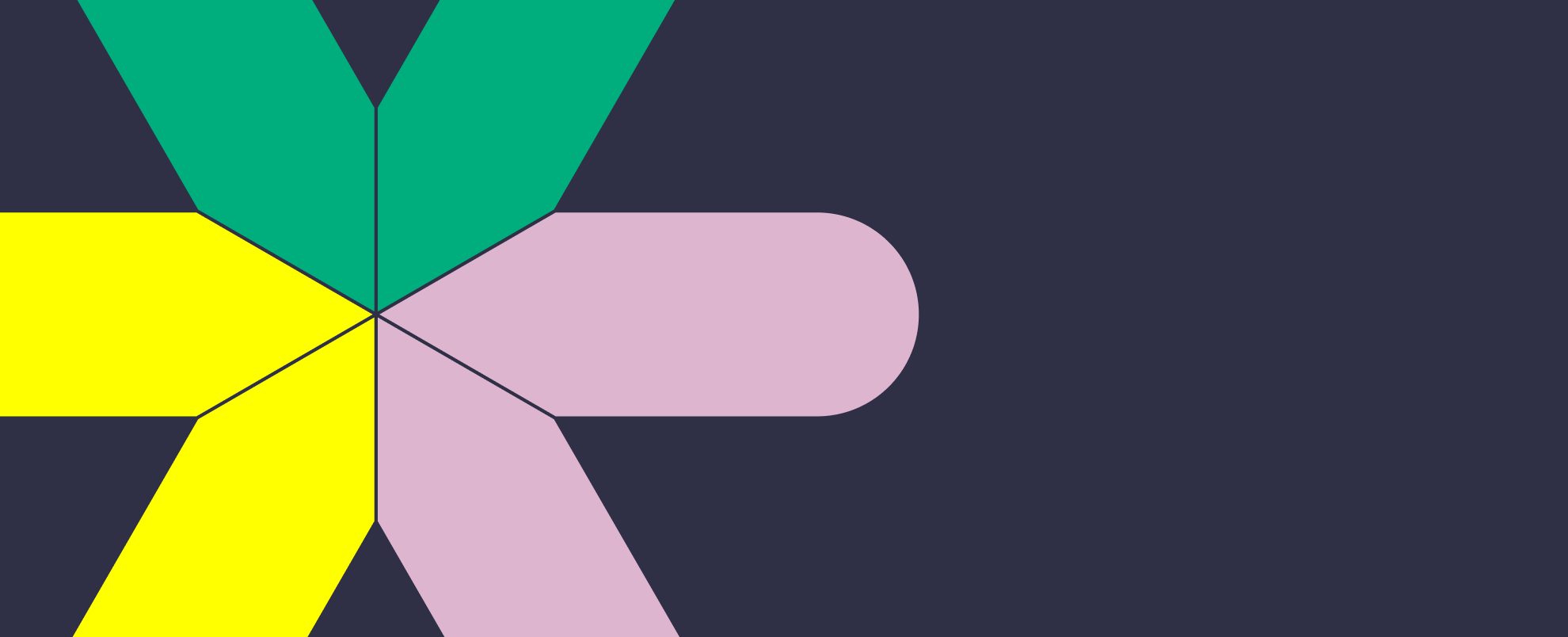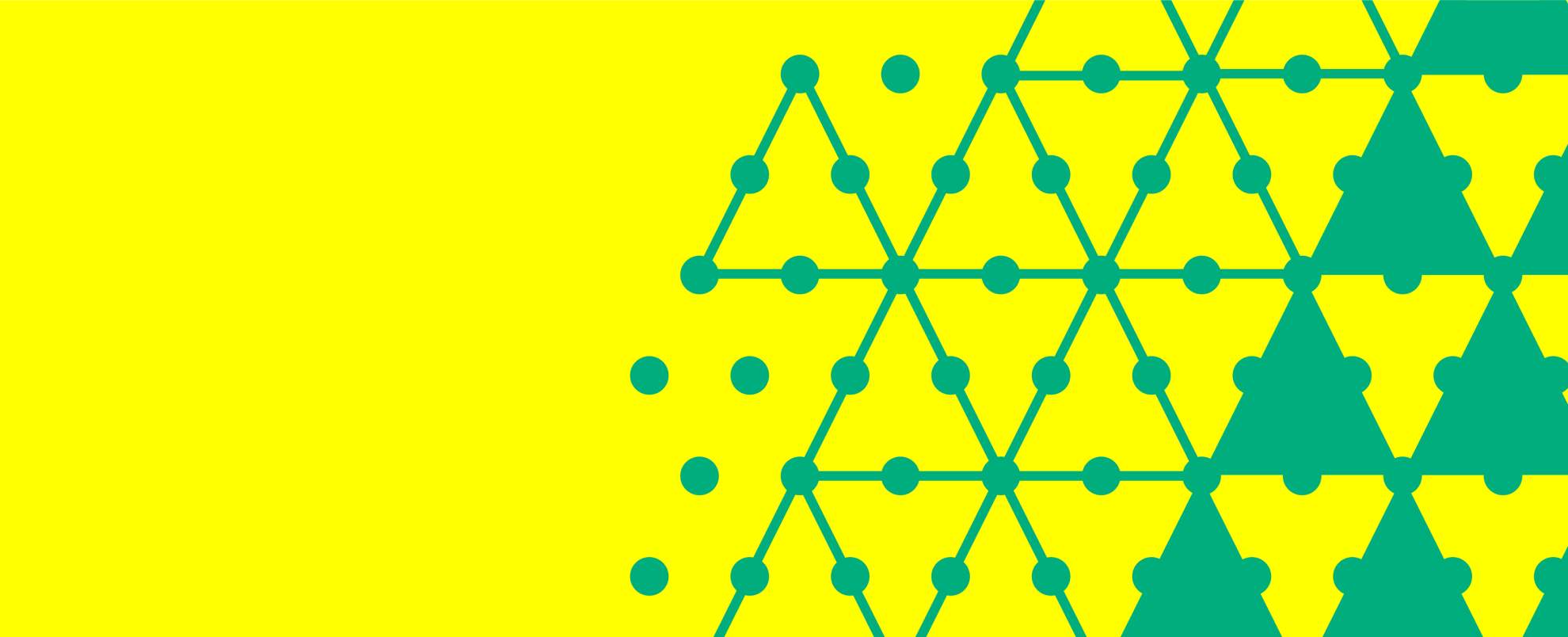Introduction
Throughout the circular economy transition, new tools help evolve established practices and create space for new ones to emerge. Tools for circular design help embed circular economy policies, principles, and guidelines into everyday design processes, and align outcomes with circular economy related objectives – whether it’s designing the structure of a building or a packaging solution, through to practical strategies applied to a specific project.
Design tools encompass a broad spectrum of enablers. They can include digital services, canvases, ideation prompts, guidelines, and indicators for impact evaluation, among others. They can help teams work more creatively and collaboratively in unpacking the circular economy opportunity and aligning with strategy. At the start of the journey, tools like ideation canvases, within a participatory workshop setting, can help build engagement and buy-in while revealing areas for circular economy innovation, and further down the line tools like the circular business model canvas can strengthen a new value proposition or help navigate trade-offs.
Product and service guidelines can give designers parameters within which to innovate, as described in the previous section on ‘rules’. Furthermore, guidelines can also be used as frameworks for decision-making, for example when auditing a product and/or service portfolio and assessing circular economycircular economyA systems solution framework that tackles global challenges like climate change, biodiversity loss, waste, and pollution. It is based on three principles, driven by design: eliminate waste and pollution, circulate products and materials (at their highest value), and regenerate nature. potential.
Practitioners already make use of digital solutions to design, make decisions, and accelerate prototyping and testing. They can use established and emerging tools to apply circular design, whether lo-fi decision trees or hi-fi digital twins, in order to test how a product, service, or system might operate in a hypothetical scenario, assess its potential impact, and help make decisions in practice.
“To implement good circular design processes, you need to have flexibility in how you adopt them, and how the tools are used. Train design teams to take existing tools, learn how to implement them, to tailor and customise them around a particular problem or context.”
- Anne Asensio, Vice President of Design Experience, Dassault Systèmes
Creating circular design tools requires us to always keep in mind the overall goals as well as the impact, to ensure that we design and choose the most adequate tool. What we care about and pay attention to informs design decisions, so we need to carefully design what and how we measure, evaluate, and monitor progress. What if instead of keeping track of progress against KPIs (Key Performance Indicators), highly useful for the linear economylinear economyAn economy in which finite resources are extracted to make products that are used - generally not to their full potential - and then thrown away ('take-make-waste')., we redesigned this metric? For example, KVIs, standing for Key Value Indicators, which would reflect whether or not an organisation is delivering towards the circular future they envision.
Organisational targets based on volume of sales or short-term economic profits can incentivise a sell-more, sell-faster approach without questioning how value is being created for the customer and wider system. Indicators that measure and in turn incentivise circular design are inherently different. Consider this: collecting waste that has been generated offers data that is visible and measurable, for example by weight. However, we will need new ways to measure if we eliminate that problem upstream, so that waste is not created in the first place. Such an indicator might capture the successful return rate of products for reusereuseThe repeated use of a product or component for its intended purpose without significant modification. or the regeneration of local ecosystems where materials and ingredients are sourced. Impact indicators connected to the organisation’s circular economy vision will more likely lead to design decisions that enable circular outcomes.
“Circulator started as an answer to the question ‘How can we bring the circular economy principles to designers and to H&M more broadly?’ More practically, it is a tool that seeks to help bring the circular economy to product level by enabling the selection of materials, creation of processes and testing of business models that are aligned with the circular economy.”
- Petter Klusell, Function Manager Design, H&M
Overall, thinking and acting systemically is not straightforward, particularly when we operate in a linear economy, yet we design for a circular one. What’s more, systemic change is hard to measure. Changes can be emergent and unpredictable. Designers will need to stay nimble through the consistent use and improvement of tools, and utilise feedback to remain alert to system changes.
How to approach it
Identify the tools needed to support better decision-making
Consider which tools and frameworks are needed to:Design: Design products, services, business models, and strategies based on the principles of the circular economy, e.g. Upstream Innovation Guide and Arup x Ellen MacArthur Foundation Circular Buildings Toolkit and equally to understand how the current system operates as well as to envision future scenarios.Evaluate:
Assess the impact of design decisions and help designers (stakeholders and customers) make choices based on available information. Rather than waiting for the perfect dataset, designing metrics and the systems to capture the data needed, whether that’s researching widely recognised evidence and standards that support an organisation’s impact-related goals, creating scorecards, or designing mechanisms into products and services that provide real-time feedback. For example, DS Smith’s Circular Design Metrics, IKEA’s Product Scorecard, and H&M’s Circulator tool.
Monitor and evaluate the implementation of circular initiatives and progress towards strategic goals, e.g. Circulytics. Design indicators that measure progress on the creation of the enabling conditions, as well as the outcomes to inform the way forward.
Screen existing tools
Avoid duplication by screening for tools that already exist across the circular design landscape. Do they meet the purpose of what you are trying to achieve? Can they be adapted, modified, and/or customised for industry- or organisation-specific needs? How could we adapt existing design tools familiar to practitioners to fulfil a different purpose?
Ensure tools are fit for purpose
Tools and frameworks need to reflect the circular principles or guidelines agreed within an organisation or in collaboration with other actors in order to be useful. Be critical of how decision-making and evaluation tools enable regenerative outcomes rather than service short-term linear performance, e.g. measuring the quality of soil that will support a farm for generations, rather than crop yield alone. Keep in mind that the creation of circular design tools may not only help a single organisation, but advance the entire ecosystem if made available to others.
Examples

Circular Design Guide
By: Ellen MacArthur Foundation x IDEO
Scope: Agnostic design toolkit
Purpose: Inspire and equip designers with the tools to apply systems thinking for a circular economy
Approach: This compilation of industry-agnostic design methods, tools, and resources takes practitioners through a circular design journey. The workshop resources are classified relating to the design process, so designers can use them or adapt them.
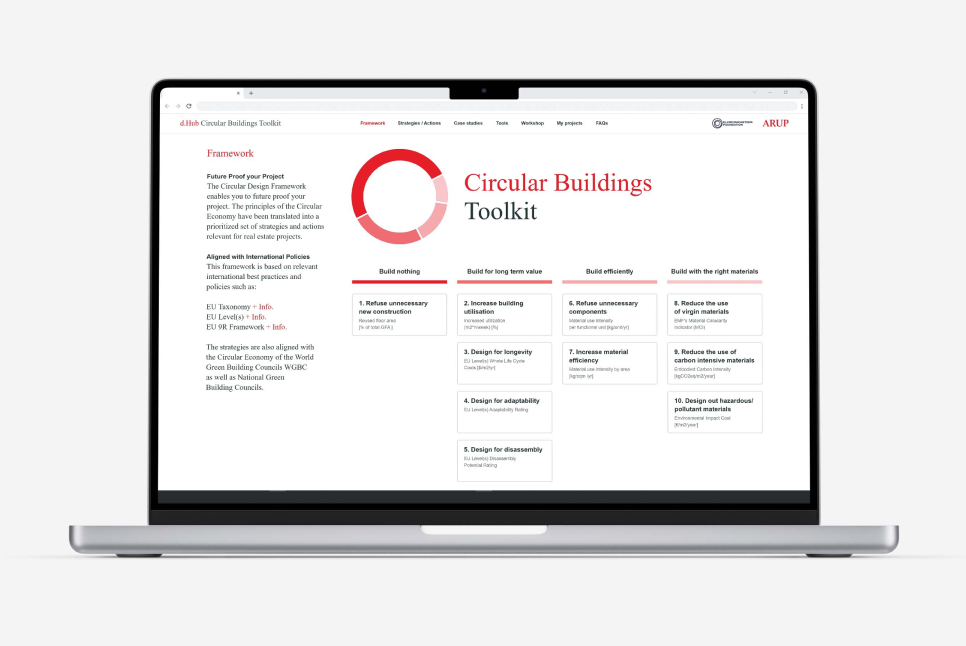
Circular Buildings Toolkit
By: Arup x Ellen MacArthur Foundation
Scope: Industry-specific design toolkit
Purpose: Develop a tool for stakeholders within the built environment industry to embed circular economy principles into design and execution processes
Approach: The co-creation of the circular buildings toolkit brings together industry and circular economy expertise to create a set of practical strategies and measures, as well as real world examples to help architects, designers, and engineers to apply circular design.
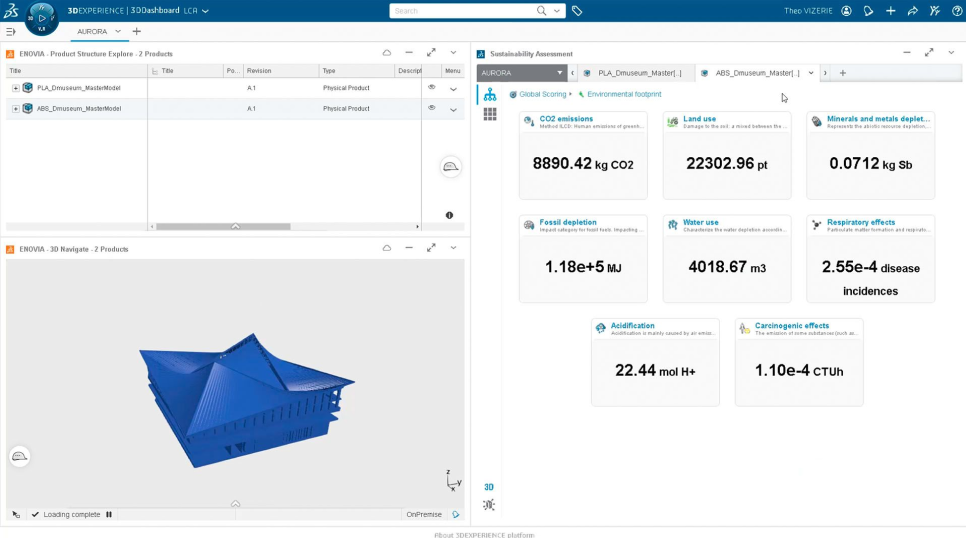
Sustainable Innovation Intelligence
By: Dassault Systèmes
Scope: Data-informed design tool
Purpose: Combining virtual twin technology and life cycle assessment to evaluate the environmental and health impacts of design and manufacturing decisions before they’re made
Approach: Sustainable Innovation Intelligence combines impact data on natural resources, ecosystems and health, with virtual twin technology to enable designers and engineers to create circular product life cycles. Instead of retroactively measuring an organisation’s impacts, the innovation solution integrates eco-design principles upstream, to set criteria and drive improved design decision-making through design, product development and manufacturing phases. The combined solution integrates supply of materials, design, manufacturing, operations, logistics, sales, marketing, and end-of-life management, providing real-time insights that allow teams to respond to problems virtually before acting on them, and ensure traceability and reliability.
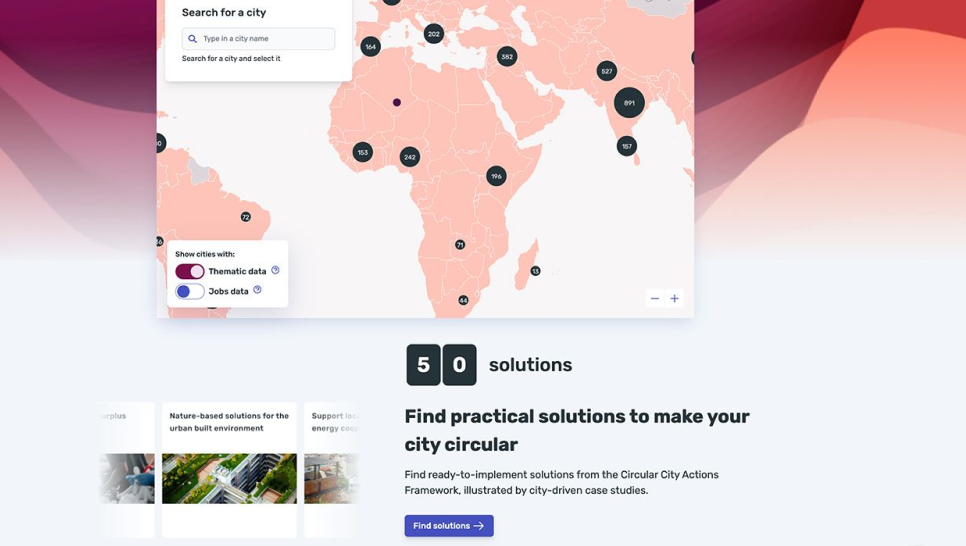
Ganbatte
By: ICLEI - Local Governments for Sustainability, Metabolic, Ellen MacArthur Foundation, UNEP, and Circle Economy
Scope: Indicators at city level
Purpose: Ganbatte is an online platform aiming to provide every city with the necessary data insights, knowledge, and tools to achieve their climate goals through circular transition.
Approach: Ganbatte is an online platform that provides city practitioners with data insights, knowledge, and tools to achieve their circular transition. It includes the Circular City Actions Framework to address city-specific climate challenges across production, consumption, and waste management processes with five strategies: Rethink, Regenerate, Reduce, Reuse, and Recover. The tool maps sector-focussed data sets to define a city’s current state of circularity, and offers an online library of ready-to-implement solutions and city-driven case studies to inform a circular pathway.
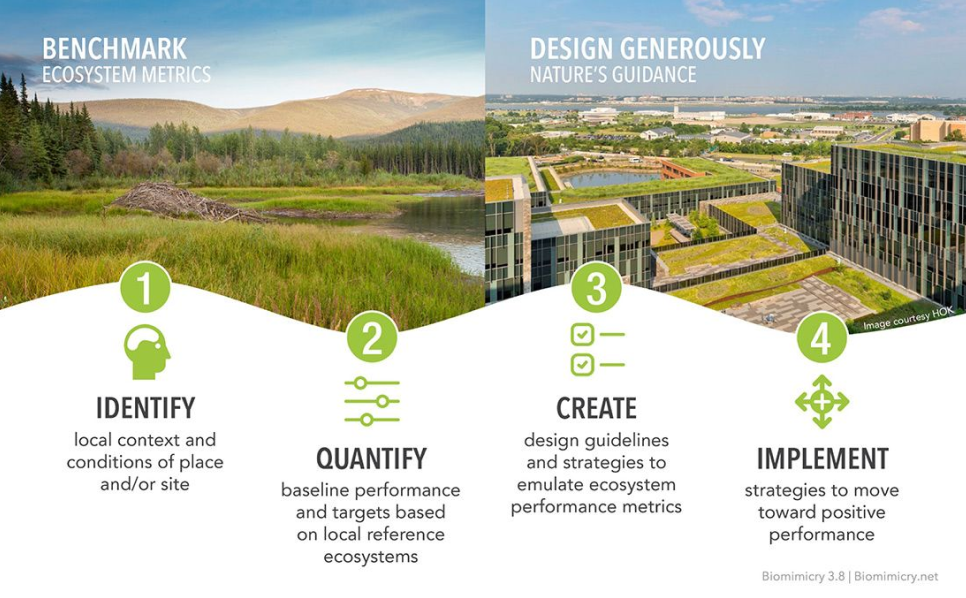
Project Positive
By: Biomimicry 3.8
Scope: Nature-positive design for communities, organisations, cities
Purpose: A design process that qualifies and quantifies performance based on existing local intact ecosystems, resulting in nature-positive design guidelines, performance targets, strategies, and solutions
Approach: A group of companies working together to demonstrate that manufacturers, campuses and schools, cities and urban developments can apply nature-informed solutions and performance metrics to achieve positive impacts. Organisations share best practices and lessons learned to help accelerate the integration of nature-positive actions, mindsets, and outcomes that benefit the organisation and local community.

Circulytics
By: Ellen MacArthur Foundation
Scope: Metric indicators for organisation
Purpose: Develop a measurement tool to evaluate progress on an organisation’s circular economy performance
Approach: The tool measures circular economy performance against a wide set of indicators divided into enablers and outcomes. This gives a picture of a company’s performance, supports decision-making, highlights strengths and blindspots, provides transparency, and opens up opportunities.

Circular Design Metrics
By: DS Smith
Scope: Metric indicators for product
Purpose: Develop a measurement tool to compare circular economy performance of different packaging solutions
Approach:� Measuring circular economy performance across a range of indicators such as recyclability, renewable content, and supply chain optimisation. This helps to rate the impact of every design decision and supports customers to make decisions on environmental performance.
